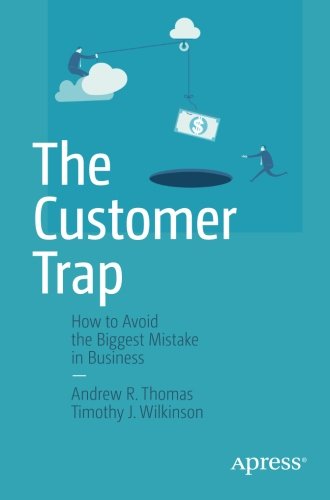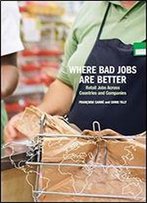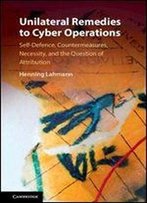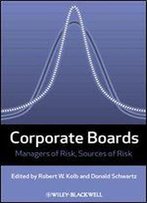
The Customer Trap: How To Avoid The Biggest Mistake In Business
by Andrew R. Thomas /
2015 / English / PDF
3.7 Mb Download
American business is dysfunctional. Companies of all sizes follow the mistaken belief that their products and services are best sold through organizations with pervasive market reach. Far too many business leaders fail to realize - until it is too late - that the relentless pursuit of volume at all cost is not the key to long-term profits and success. In 2010, Andrew R. Thomas and Timothy J. Wilkinson released THE DISTRIBUTION TRAP: KEEPING YOUR INNOVATIONS FROM BECOMING COMMODITIES, which won the Berry-American Marketing Association Prize for the best marketing book of the year. Based on an article in the WALL STREET JOURNAL, the authors contended that cracking the Big Box channel is not necessarily the Holy Grail that many marketers assume it is. Now they take their original idea to the next level. Thomas and Wilkinson argue that all companies, regardless of the industry there are in, should maintain control over their sales and distribution channels. Volume forgone by avoiding the mass market is more than offset by higher margins and stronger brand equity. The authors show how many firms, such as STIHL Inc., etailz, Apple, Red Ant Pants, and Columbia Paints & Coatings, have prospered by avoiding the Customer Trap, and they explain how your company can have similar success. The alternative is frightening. As THE CUSTOMER TRAP: HOW TO AVOID THE BIGGEST MISTAKE IN BUSINESS shows, giving power to a "customer" that violates "The 10% Rule" sets a company up for ruin. When presented with the option to push more sales through large customers, most decision-makers jump at the chance. As a result, marketing has come to resemble a relentless quest for efficiency and scale. Demands from Mega-Customers in the form of discounts, deals, and incentives erode the integrity of the brand and what it originally stood for. Lower margins become the norm and cost-saving compromises on quality take over. In time, the brand suffers and, in some cases, fails outright. Stark examples from Oreck Vacuum Cleaners, Rubbermaid, Goodyear, Levi's and others are used to illustrate the results of falling into the Customer Trap. And, yet, relenting to a Mega-Customer is not a fait accompli. This book demonstrates in vivid detail how to thrive outside of the convention that "bigger is better". Ultimately, Thomas and Wilkinson argue that avoiding the Customer Trap is the best way to build a real, sustainable enterprise today and for the future. With all the discussions about the decline of American ingenuity, scarcity of resources, global competition, uncertainty about the economic future, and doubts about the role of government, controlling sales and distribution is the cornerstone of business success, as it always has been.










